Preserving seasonal fruits and vegetables on an industrial scale requires efficient and reliable methods to meet the demands of modern consumers. Industrial drying is one of the most effective techniques, transforming fresh produce into long-lasting, lightweight, and versatile products without compromising quality. This article explores the processes, technologies, and benefits of industrial drying for fruits and vegetables.
Why Industrial Drying is Essential
Extended Shelf Life: Industrial drying significantly extends the shelf life of fruits and vegetables by removing moisture, which prevents microbial growth and spoilage.
Reduced Waste: Drying allows surplus seasonal produce to be preserved, reducing food waste.
Convenience: Dried products are lightweight, easy to transport, and ready for use in a variety of applications, from retail to food manufacturing.
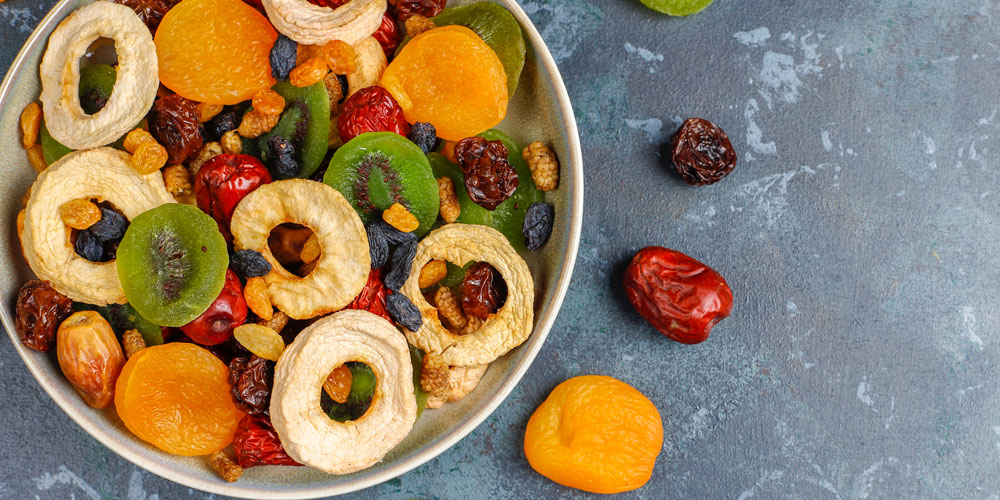
Common Industrial Drying Methods
Hot Air Drying
Process: Produce is exposed to a continuous flow of heated air in large drying chambers.
Advantages: Cost-effective and widely used for vegetables and fruits like apples, bananas, and tomatoes.
Limitations: May result in slight loss of flavor, color, or nutrients.
Freeze Drying
Process: Fresh produce is frozen and placed under vacuum, causing water to sublimate directly from ice to vapor.
Advantages: Retains texture, color, flavor, and nutrients exceptionally well.
Applications: Commonly used for high-value products such as berries, herbs, and exotic fruits.
Limitations: Expensive equipment and energy-intensive process.
Preparation of Produce for Industrial Drying
Washing and Sorting: Fresh produce is thoroughly cleaned to remove dirt, pesticides, and other contaminants. Damaged or unripe items are discarded.
Cutting and Slicing: Uniform sizes ensure consistent drying and efficient processing.
Blanching: Some vegetables are blanched before drying to retain their color, flavor, and texture.
Quality Control in Industrial Drying
Moisture Content: Ensuring optimal dryness (typically 5-10% residual moisture) to prevent spoilage while maintaining quality.
Nutritional Value: Monitoring to minimize nutrient loss during drying.
Texture and Color: Advanced technologies aim to preserve the natural look and feel of produce.
Food Safety: Adhering to strict hygiene and safety standards, including Hazard Analysis and Critical Control Points (HACCP).
Applications of Dried Fruits and Vegetables
Retail: Sold as ready-to-eat snacks or cooking ingredients.
Food Industry: Used in soups, sauces, baked goods, and health foods.
Powders: Processed into powders for beverages, flavoring, or nutritional supplements.
Pet Food: A growing market for dried vegetable and fruit ingredients.
Environmental and Economic Benefits
Energy Efficiency: Modern drying technologies are designed to minimize energy consumption.
Sustainability: Preserves excess seasonal produce, reducing waste and promoting a circular economy.
Cost Savings: By preserving surplus crops, farmers and producers can reduce financial losses during peak harvests.
Conclusion
Industrial drying is a cornerstone of modern food preservation, offering a scalable, sustainable, and effective way to extend the life of seasonal fruits and vegetables. By employing advanced drying technologies and maintaining rigorous quality standards, industries can deliver high-quality products that retain the flavor, nutrients, and appeal of fresh produce. This method not only supports global food security but also caters to the evolving needs of consumers and businesses alike.

The Art of Freeze-Drying Fruit
Freeze-drying, or lyophilization, is a preservation method that removes water from fruit while retaining its original structure, flavor, color, and...

Fruits and Vegetables in Global Cuisine
Fruits and vegetables are the cornerstone of culinary traditions worldwide. Their diversity in flavor, texture, and color allows them to...
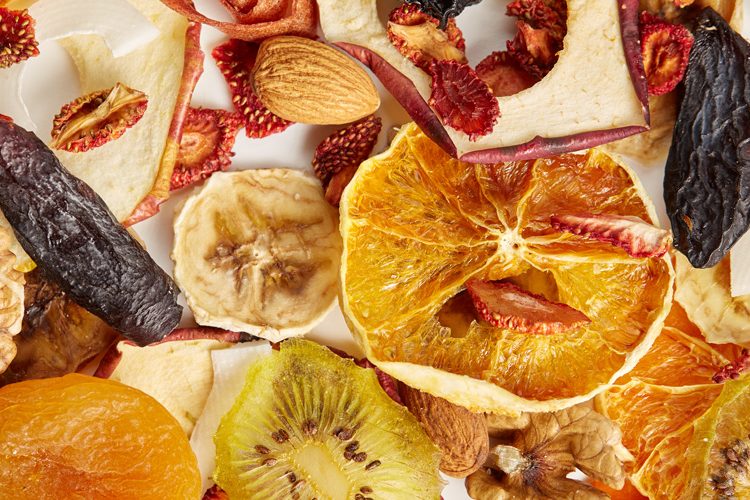
Dried Fruit a Delicious and Nutritious Snack
Dried fruit, a delightful and convenient snack, offers a burst of flavor and a dose of essential nutrients. Whether enjoyed...
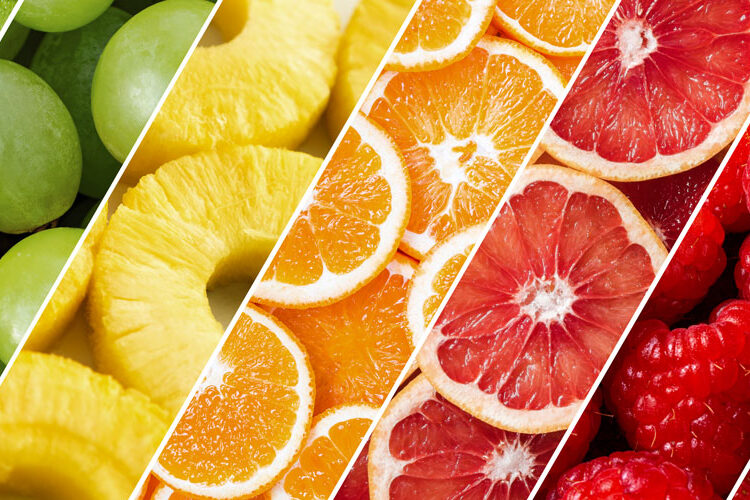
Power of Eating a Rainbow of Fruits and Veggies
Eating a colorful variety of fruits and vegetables is one of the best ways to nourish the body and support...
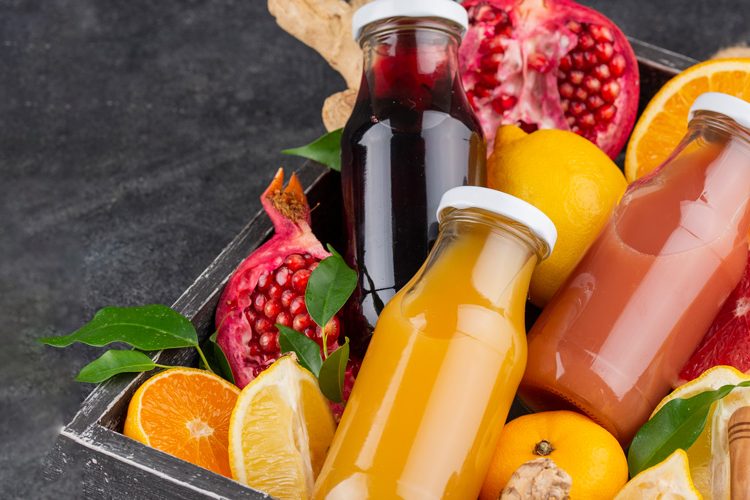
Fruit Juice: A Refreshing and Nutritious Beverage
Fruit juice has long been regarded as a delicious and convenient way to add essential nutrients to our diet while...
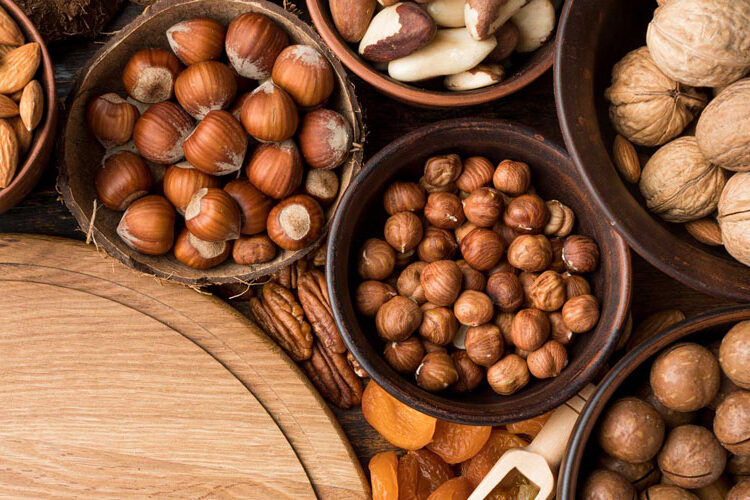
Discover the Health Benefits of Popular Nuts
Nuts are more than just a tasty snack—they’re packed with essential nutrients that promote overall wellness. From almonds to walnuts,...
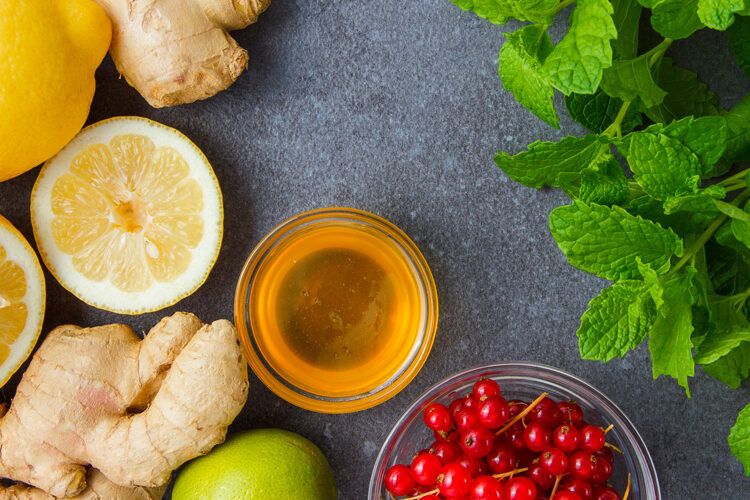
Boost Immunity with Powerful Fruits & Veggies
Eating fruits and vegetables rich in vitamins, minerals, and antioxidants is a natural way to support your immune system. Certain...

